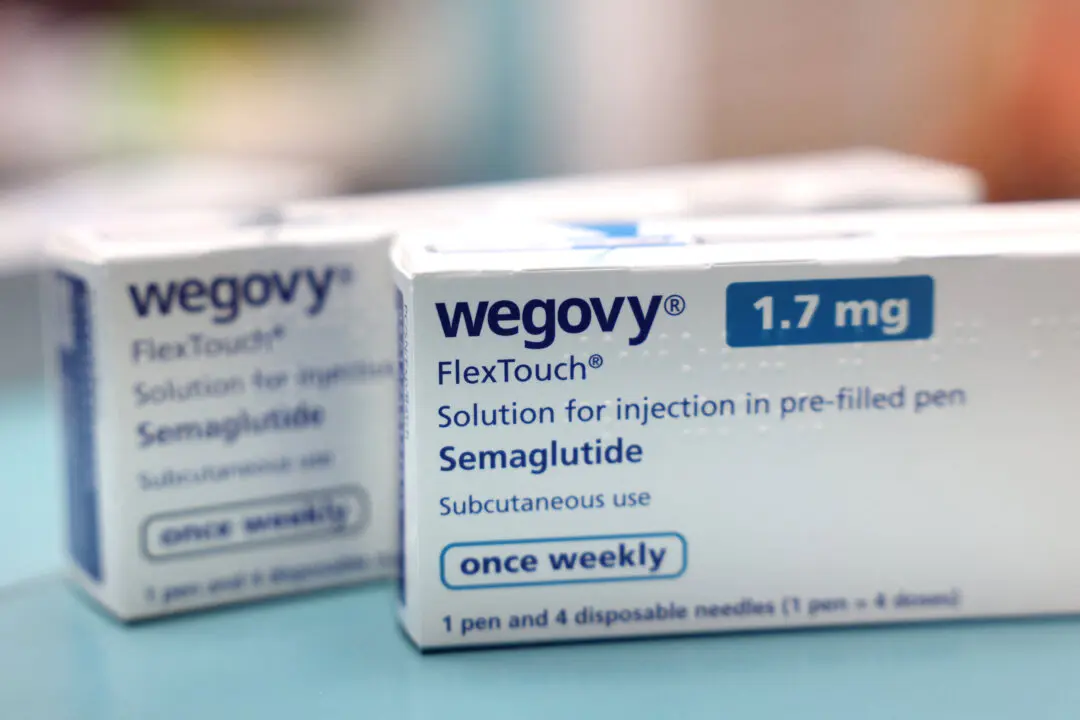Apple Inc. on Tuesday unveiled its iPhone 15 and announced that its latest device will ditch Apple’s Lightning connector to the more common USB-C standard, which is universal.
Apple Announces Major Change to Its Latest iPhone Model
Tech giant replaces longstanding Lightning connector with USB-C charger
Apple Inc. on Tuesday unveiled its iPhone 15 and announced that its latest device will ditch Apple’s Lightning connector to the more common USB-C standard.

A woman uses her iPhone in a file photo. Jack Guez/AFP via Getty Images
Jack Phillips is a breaking news reporter who covers a range of topics, including politics, U.S., and health news. A father of two, Jack grew up in California's Central Valley. Follow him on X: https://twitter.com/jackphillips5
Author’s Selected Articles




